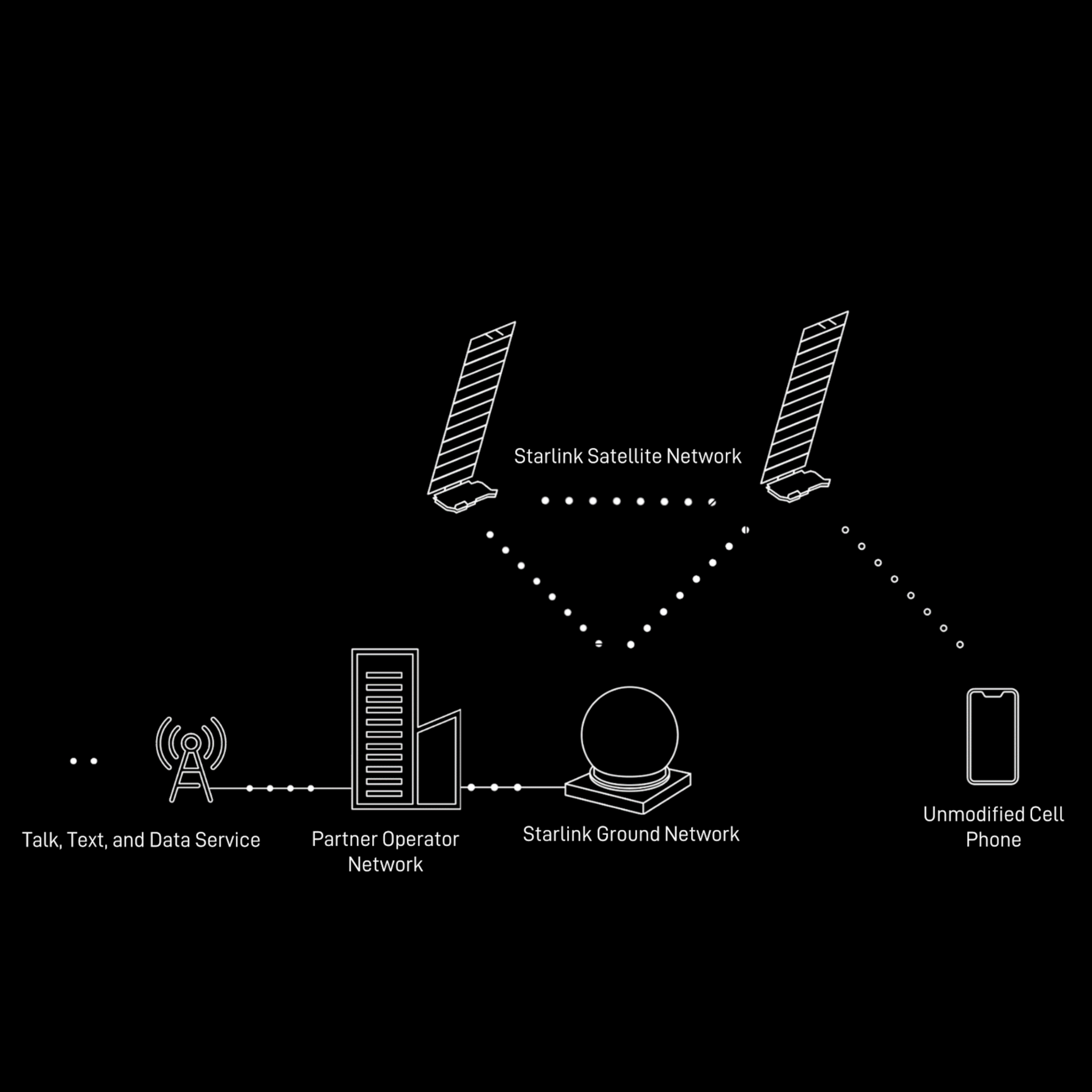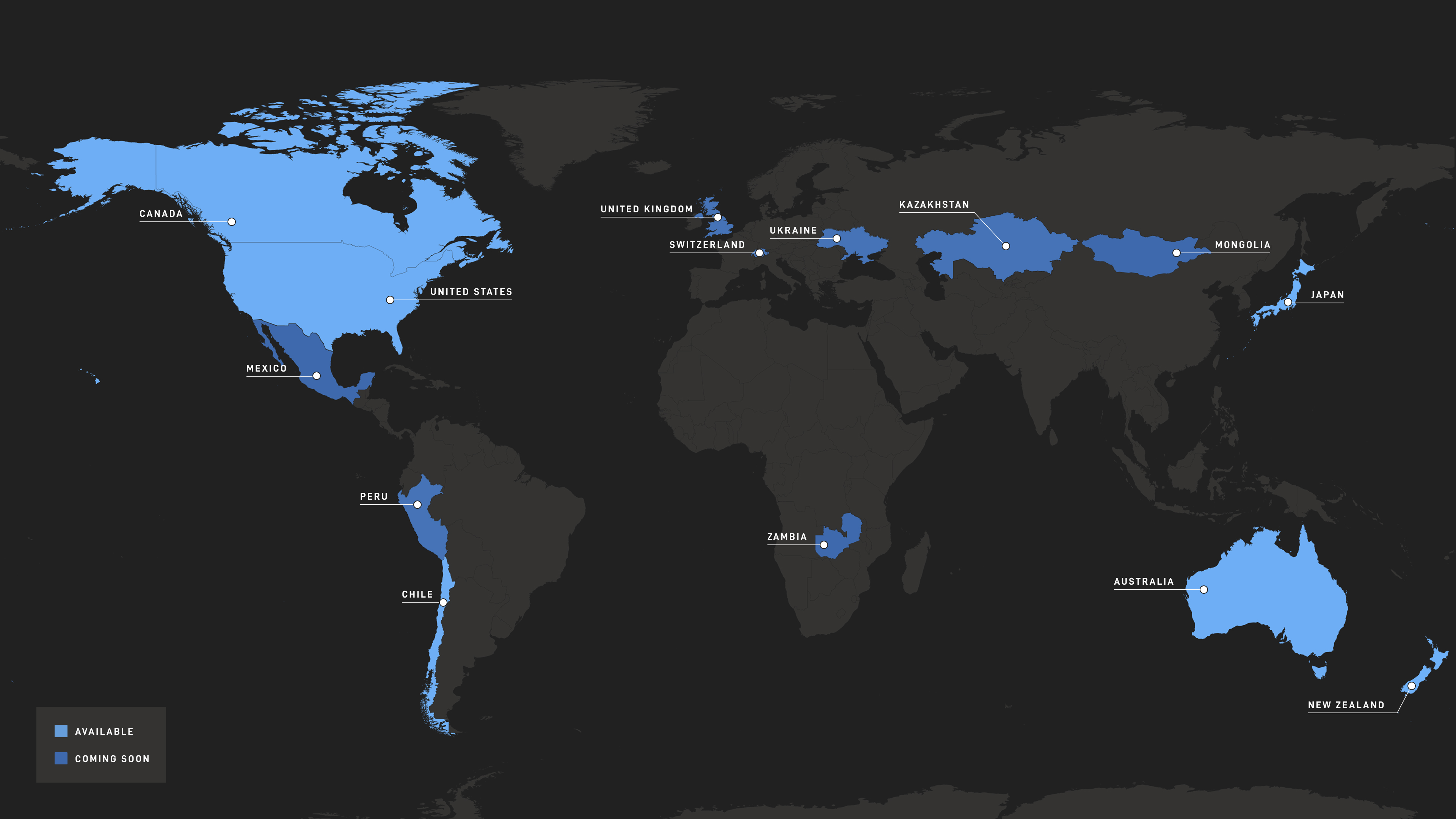Starlink’s Direct to Cell (D2C) service is rapidly re-shaping mobile connectivity. Operating the largest satellite-to-mobile constellation in the world, D2C now delivers data, voice, video and messaging to mobile dead zones across five continents. According to recent company and partner updates, the service has surpassed 8 million users and counting.
What Makes Direct to Cell Special
Unlike typical satellite services that require specialised equipment, Starlink Direct to Cell works with standard LTE smartphones—no new hardware, no new apps. As long as there’s an open sky view, users can connect via satellites equipped with onboard eNodeB modems that act like cell towers in space.
This means remote villages, mountainous areas, disaster zones and offshore locations can now access mobile services when terrestrial networks fail or simply don’t reach.

Global Reach and Real-World Impact
With over 650 satellites in low Earth orbit dedicated to D2C, Starlink supports roaming partnerships with major carriers including T‑Mobile (USA), Optus & Telstra (Australia), Rogers (Canada), Kyivstar (Ukraine) and others.
In emergency scenarios, the technology has proven life-saving: during natural-disaster events in the U.S., millions of SMS messages and hundreds of Wireless Emergency Alerts were delivered via satellite when cell towers were down.

Why This Changes the Connectivity Landscape
More than half of the world’s landmass still lacks reliable mobile coverage from terrestrial cell towers.
Starlink’s Direct to Cell system enables ubiquitous mobile connectivity, helping bridge the digital divide and bringing standard smartphone connectivity to places where only satellite phones once worked.
As deployments continue, future upgrades—such as expanded spectrum and phased-array beam technology—aim to deliver full mobile broadband and even 5G-equivalent performance.

Looking Ahead
With millions already connected, the platform is only beginning to scale. Expansion into new markets, deeper integration with mobile network operators, and enhanced hardware capabilities promise to accelerate adoption. For remote users, travellers, maritime and IoT applications, the implications are profound: mobile service that goes where towers can’t.









Leave a comment